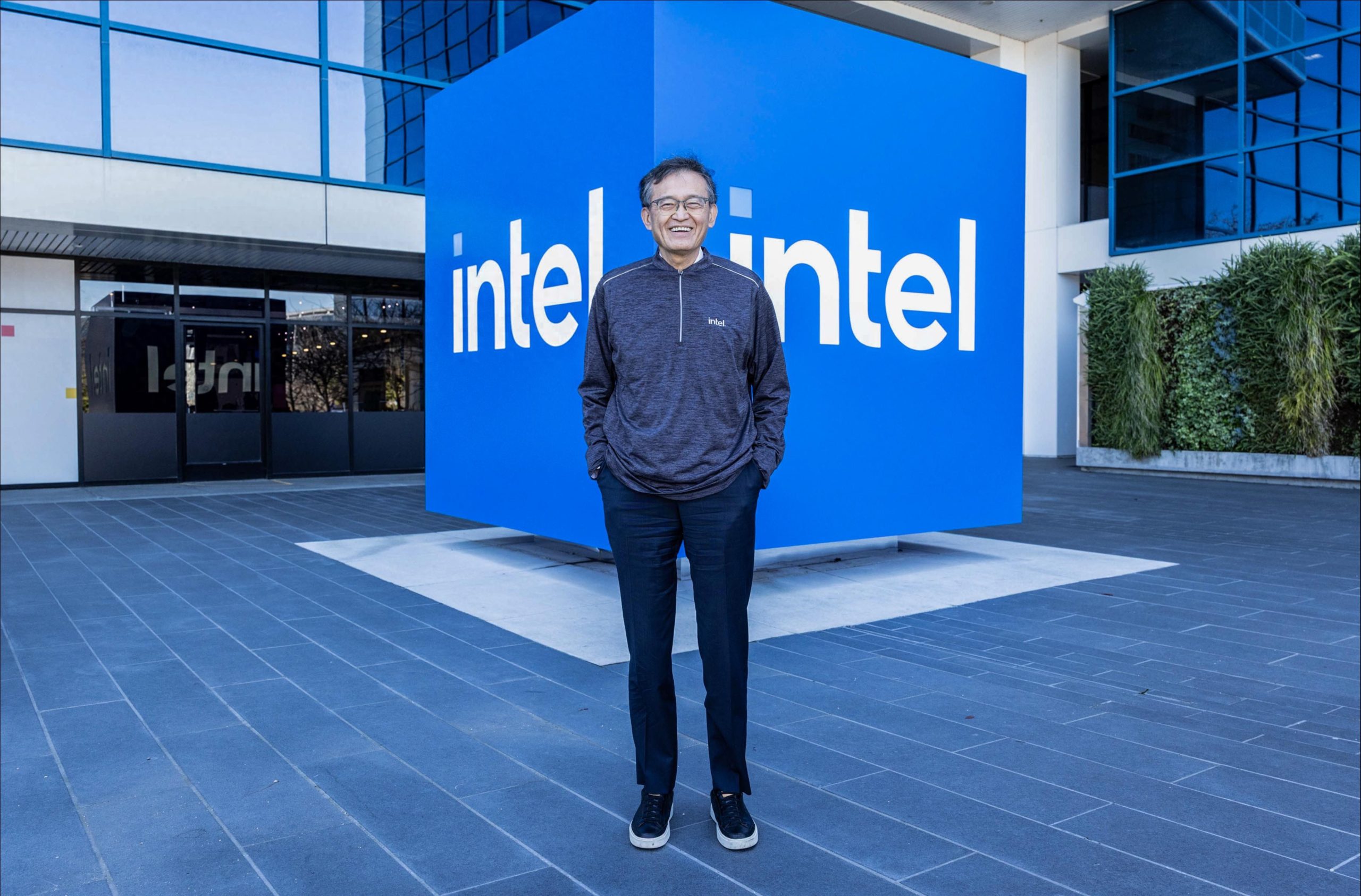Since JD’s high-profile entry into the food delivery industry, their stock price has fallen by nearly 30%, while the A-share Shanghai Composite Index has risen by over 20% during the same period.
This contrast really makes JD investors feel uncomfortable.
What makes them even more uncomfortable is that the latest JD Q3 financial report shows:
The group’s revenue was 299.1 billion yuan, a year-on-year increase of 14.9%, continuing the growth trend; But the operating losses of the new business amounted to 15.736 billion yuan, with a cumulative loss of 31.84 billion yuan in the first three quarters, equivalent to burning 116 million yuan every day as soon as one opens their eyes.
The daily order volume for takeaway remains stagnant at 25 million orders from six months ago.
Although Liu Qiangdong personally delivered takeout and sold alcohol on the platform, JD’s strategy of using high-frequency takeout business to drive platform activity seems to have not achieved the expected results.
What’s even more serious is that Alibaba integrated the Taobao flash sale launched by Ele.me this summer and aggressively invaded with a subsidy scale of 50 billion yuan. It is still burning money on subsidies and has already taken the majority of the food delivery market.
JD’s huge investment is becoming Alibaba’s wedding dress
In February of this year, JD.com made a high-profile entry into the food delivery market and successfully caused public opinion to flood the screen by providing riders with the news of “five insurances and one fund”. For a while, the stock price also skyrocketed.
Making takeout means taking food from Meituan’s mouth, and JD.com has indeed made a lot of strategic reserve funds. JD.com reported a loss of 1.327 billion yuan in the first quarter, soaring to 14.777 billion yuan in the second quarter, and further expanding to 15.736 billion yuan in the third quarter.
This means that JD’s new business has burned more than 30 billion yuan in just 9 months.
These costs are not only subsidies for food delivery, but also a large part from the large-scale expansion of the full-time rider team and the payment of five insurances for them, with an average monthly payment of about 2000 yuan per person.
The reason why he is so persistent in the food delivery business is due to Liu Qiangdong’s anxiety about JD’s growth difficulties.
At an internal meeting in 2024, Liu Qiangdong harshly criticized the past five years as JD’s “five years without innovation, growth, and progress”. He urgently needs a new growth story to break the deadlock.
And the food delivery business is regarded by JD.com as a key lever to leverage user activity.
At the moment when the dividend of Internet traffic peaked, the traditional low-frequency e-commerce business has been difficult to maintain high growth. As a typical high-frequency consumption scenario, takeout can drive users to visit the JD platform frequently.
From the surface data, JD’s food delivery strategy has indeed achieved certain results in driving user growth. In the third quarter, JD achieved a year-on-year growth of over 40% in both the number of active users and shopping frequency.
In September, JD’s monthly active users increased by 14.8% year-on-year, ranking first among the top comprehensive e-commerce platforms.
Liu Qiangdong once shared a data:
40% of consumers who buy food delivery on JD.com will cross purchase JD’s e-commerce products. In his opinion, “the money we lose from taking out is more cost-effective than buying traffic from Tiktok and Tencent”.
The logic of cross selling is an important theoretical basis for JD to continue investing in its food delivery business.
However, when we delve into the third quarter data, we will find that this synergy effect may not be as ideal as expected.
Despite a huge loss of 15.7 billion yuan in the food delivery business, the growth rate of JD’s commodity revenue has fallen from 20.7% in the second quarter to 10.5%.
This means that although takeaway has brought traffic, it has not been efficiently converted into sales revenue for retail business. There is a significant imbalance in the input-output ratio.
Even more distressing is that the order growth of JD Waimai has encountered a bottleneck.
On June 1st of this year, JD.com officially announced that its daily delivery order volume exceeded 25 million orders.
However, during the just passed Singles’ Day, the daily order volume for food delivery announced by JD.com still remained at the level of “over 25 million orders”. In the past six months, the order volume has hardly increased.
The key to JD’s lack of growth lies not in the wrong strategic direction, but in the disruption caused by another giant.
In June 2025, Alibaba underwent organizational restructuring and merged Ele.me into Taobao Flash Shopping, terminating Ele.me’s independent brand operation.
At the same time, Jack Ma personally supported Jiang Fan’s radical strategy by increasing the originally planned 10 billion yuan flash purchase subsidy budget to 50 billion yuan.
Behind this decision is also Alibaba’s new judgment on the instant retail market:
Alibaba no longer sees food delivery as a simple catering delivery business, but as a driving force for the evolution of the entire e-commerce ecosystem.
After the integration of Taobao flash purchases, Alibaba quickly saw results.
Data shows that on July 5th, orders in categories such as grain and oil, mother and baby increased by 100% year-on-year, with non catering orders reaching 13 million, a six fold increase compared to the same period last year. This indicates that Alibaba’s strategy of driving low-frequency e-commerce consumption through high-frequency takeaway demand is working.
Moreover, compared to the operating costs of JD’s “five insurances and one fund” for riders, Alibaba itself has a mature rider network and delivery system, which can save a lot of money.
As of October 2025, Ele.me has over 4 million active riders, although there is still a gap compared to Meituan’s over 7 million riders, it has far surpassed JD’s 150000 full-time riders.
This scale gap directly affects the platform’s coverage, delivery speed, and capacity elasticity.
In addition, Alibaba has fully integrated Ele.me into the Taobao business group, achieving unified goals, resources, and data.
However, the synergy between JD’s food delivery business and core e-commerce business seems to have not yet reached the same level of integration.
In fact, JD.com has also realized this shortcoming and is trying to attract riders through better welfare benefits. Although this measure helps to increase rider loyalty, it also significantly increases costs.
In contrast, the riders of Meituan and Ele.me mostly use crowdsourcing mode, and the platform burden is relatively light.
Meituan currently only pays work-related injury insurance for riders in some provinces and cities, while Ele.me has launched a pilot program for occupational injury protection for new forms of employment in some provinces and cities across the country.
Speaking of which, everyone has paid social security, but only JD.com honestly pays, and this difference in cost structure puts JD.com at a disadvantage in price competition.
Faced with huge losses and growth bottlenecks in the food delivery business, JD.com has begun to actively expand into other new businesses, including liquor and tourism.
JD’s emphasis on the tourism market is not the first time. As early as 2011, JD.com launched its flight booking service and officially launched the “JD Travel” channel in 2014.
JD has restarted its wine and tourism business with innovative strategies.
The “unbinding” airline tickets launched by it are seen as a major opportunity for breakthrough in the industry, meeting consumers’ demands for transparency and autonomy. At the same time, JD.com may combine its food delivery system to address the logistics needs of short distance travel and develop specialized products that match them.
However, assuming is assuming, practice is practice.
The airline ticket business involves complex pricing algorithms and flight combination logic. Currently, many products on JD.com still rely on the supply of other OTAs, which limits pricing, inventory, and fulfillment logic.
More importantly, the tourism industry also requires significant investment, and market competition is already fierce.
Existing players such as Ctrip and Meituan have a clear first mover advantage and market position. Whether JD.com can break through the encirclement in this field is still unknown.
It has to be said that the current predicament faced by JD.com reminds people of Meituan’s experience in the “Hundred Regiments Battle”. At that time, Meituan survived fierce competition through continuous investment and grew into today’s giant.
But the market environment and competitive landscape that JD.com faces today are fundamentally different from Meituan in the past.
At present, the instant retail battlefield has formed a “Three Kingdoms Kill” pattern: Alibaba, JD.com, and Meituan are the three pillars.
In the prisoner’s dilemma of the market, whoever retreats first may lose market share.
This game pattern makes it difficult for JD.com to easily withdraw from the battlefield, but when it comes to burning money, either it burns the most or it doesn’t.
Goldman Sachs predicts that Alibaba and JD.com may lose 41 billion and 26 billion respectively due to subsidies in the next year. In this war of attrition, JD.com needs to consider:
Should we continue burning money until we win, or should we make a timely stop loss transition?


















No comment content available at the moment